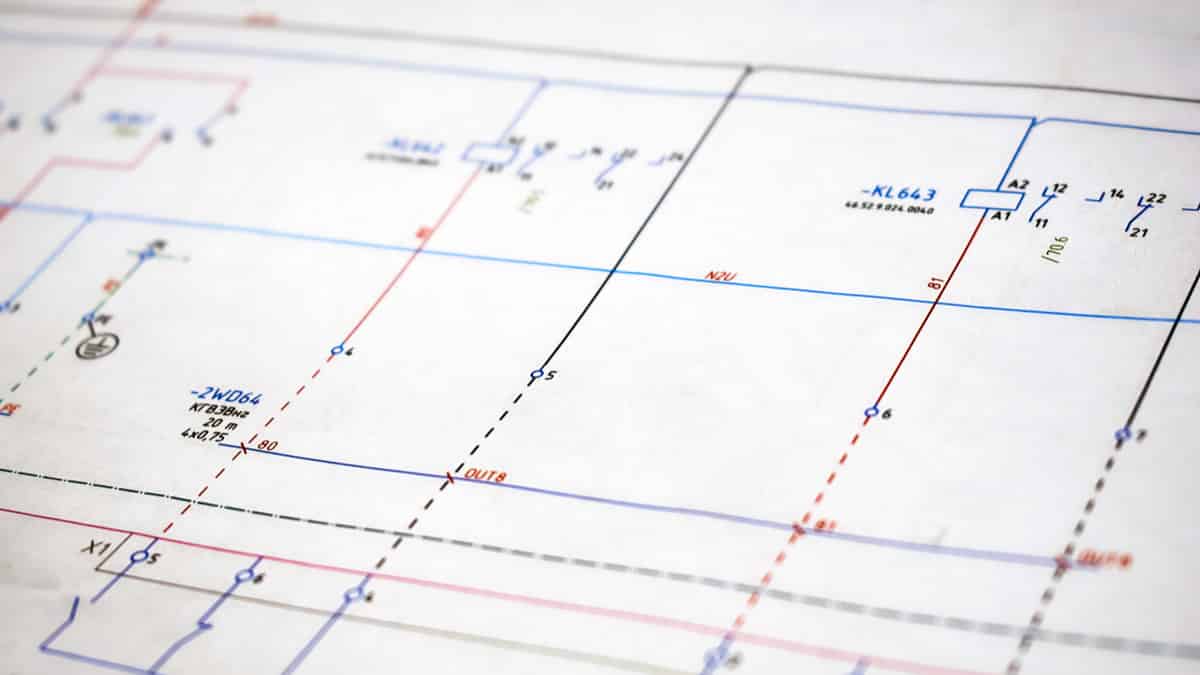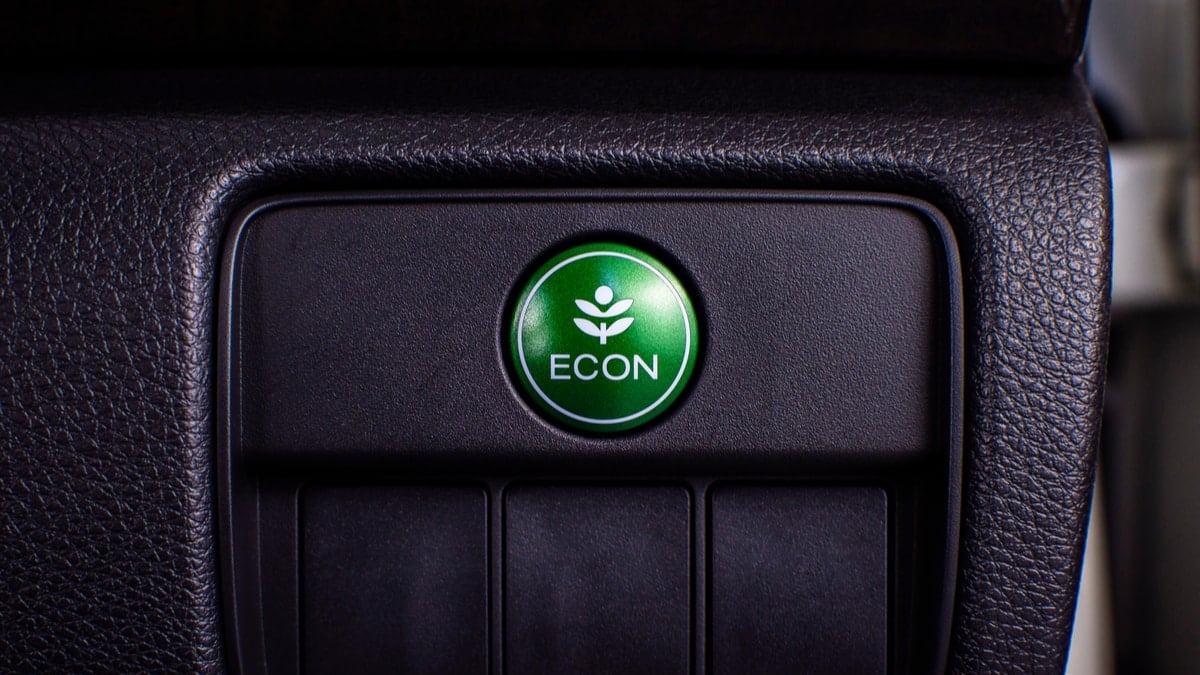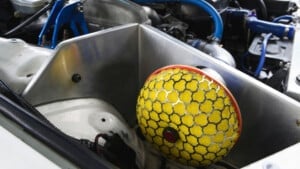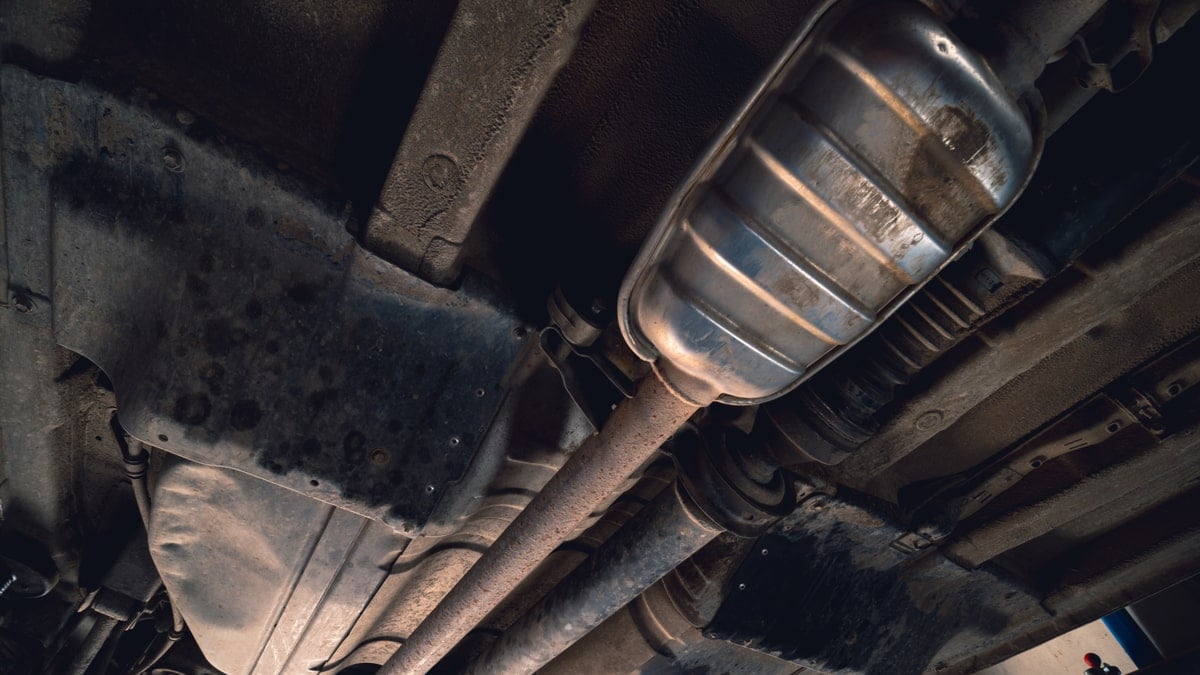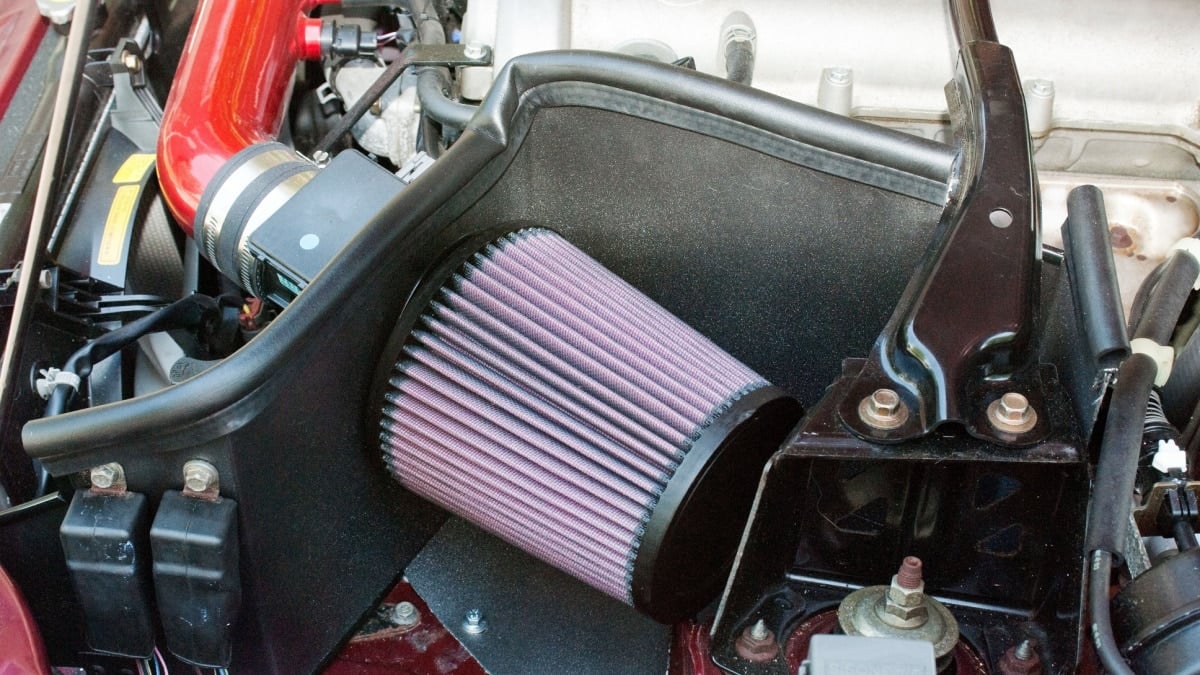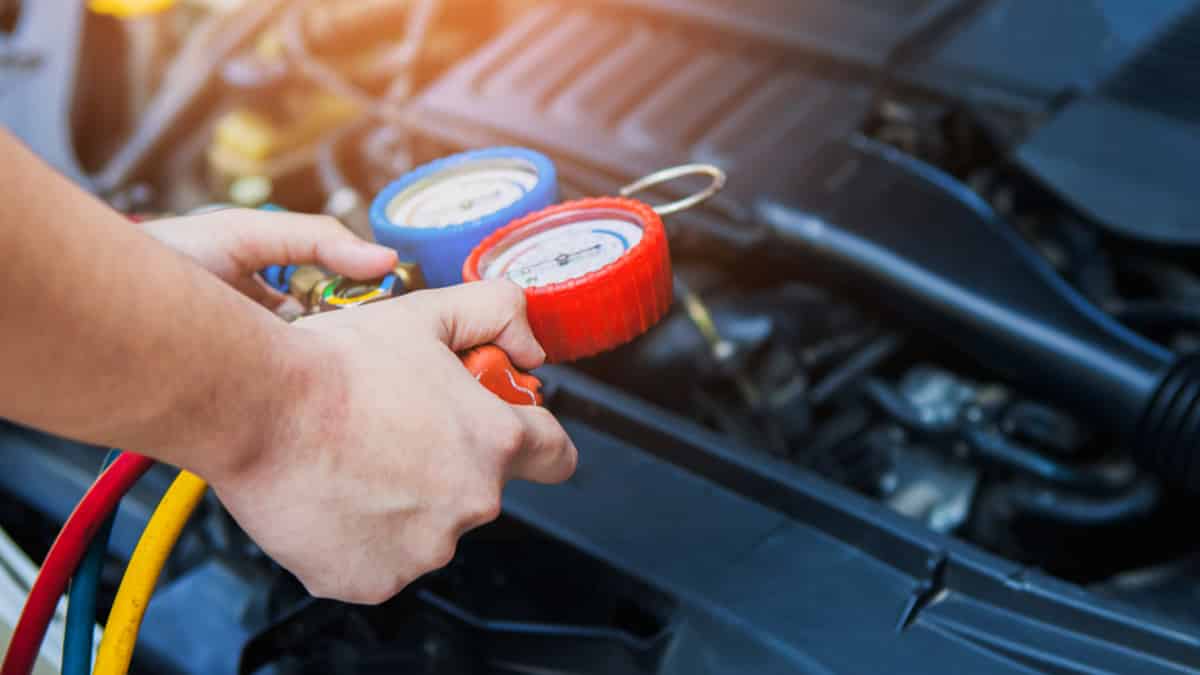Are you going to purchase a new car battery for your car? Car batteries have a lot of specifications you should be aware of. Modern cars use many electronic components, and you must get the right battery for your car.
In this article, we will help you to find the information you need about how to find the right car battery for your needs and how you can convert CCA to Ah/ampere-hours.
How to Convert CCA to AH?
There is no way to convert CCA to Ah directly because there is no correlation between them. But for a rule of thumb, you can divide the CCA by 7.25 to get the calculated Ah. For instance, if your battery is marked with a 1450 CCA, it represents 200 Ah.
A battery of this rating should last for 25 hours while producing power of 8 amps.
Understanding your rate of use and your voltage level will help you make the right battery choices, even if you only have the CCA figures. Conversely, if you have the Ah ratings on your battery, you can calculate the CCA measurement to determine how suitable your battery is for cranking your engine in cold temperatures.
What Are Ampere Hours (Ah)?
Battery measurements are commonly written out in units of ampere-hours (Ah), and milliampere hours (mAh), which represent 1/1000 Ah. Therefore, Ah (ampere-hours) represents the battery operation threshold, which can calculate how long the battery might last without recharging.
The ampere measures the flow of electrons and current within a conductor. A single ampere represents a single coulomb of electrical charge, which passes throughout every part of the conducting item within a second.
RELATED: AGM vs. GEL Batteries -Differences
What Are Cold Cranking Amps?
Many batteries use CCA to represent the battery’s ability to start an engine at certain temperatures, usually ranging between 30-32 degrees Fahrenheit. While knowing this starting power can help you choose a better battery, you will need to convert CCA to AH to determine capacity.
CCA can be a good unit of measure to help you determine the best battery for you if you live in cold conditions. Higher capacity and power batteries will have better CCA values than weaker batteries. Even as the battery power deteriorates over time, they will be more likely to last longer and provide better service.
Even though you cannot calculate battery capacity, you can still determine the best battery for replacement.
Is CCA the same as Ah?
No. CCA and Ah are not the same, despite describing similar things. The Ah, which stands for ampere-hour, tells us about the battery’s power output/time when fully charged. The CCA is short for Cold Cranking Amps. This is how many Amps the battery can deliver while cranking for 30 seconds before its capacity drops below a usable level. Or, in simple words, the higher the CCA is, the more powerful the battery.
Is a higher CCA battery better?
Yes. In most cases, a battery with a higher CCA value will be better. This is because of the higher-quality materials and technology that go into it, allowing it to hold its charge for longer. However, don’t make your decision based on this value alone. When buying a new battery, do your research and compare what’s available on the market.
Is CCA more important than Ah?
No. Both CCA and Ah are equally important. For the ampere-hours, you want it to be as close to the manufacturer’s specification as possible. This will ensure the electrical system is functioning at an optimum level. But for CCA, your location and driving habits are the decisive factor. For instance, if you leave your car parked for a long time or live in a cold climate, you’ll need a battery with the highest CA number possible.
How many CCA is a 35Ah battery?
This is not something we can say accurately, as there is no direct link between these two values. Still, you can always multiply the Ah number by 7.25 to get an approximate CCA value. In this case, a 35 Ah battery should be rated at approximately 250 CCAs.
The capacity of any car battery is determined by two key numbers – the Ah and CCA. First, we have the Ah, or ampere-hours, which describes how much electricity it may store when fully charged. The second one is the CCA rating, which is short for Cold Cranking Amps.
To put it simply, this shows how long the battery will be able to crank the engine before starting it. So, if you live somewhere where temperatures are low or leave your car parked for days, you want a battery with a higher CCA number.
I hope this article helped you understand the relationship between CCA and Ah and now have the knowledge to decide which car battery to buy.
Learn more:
